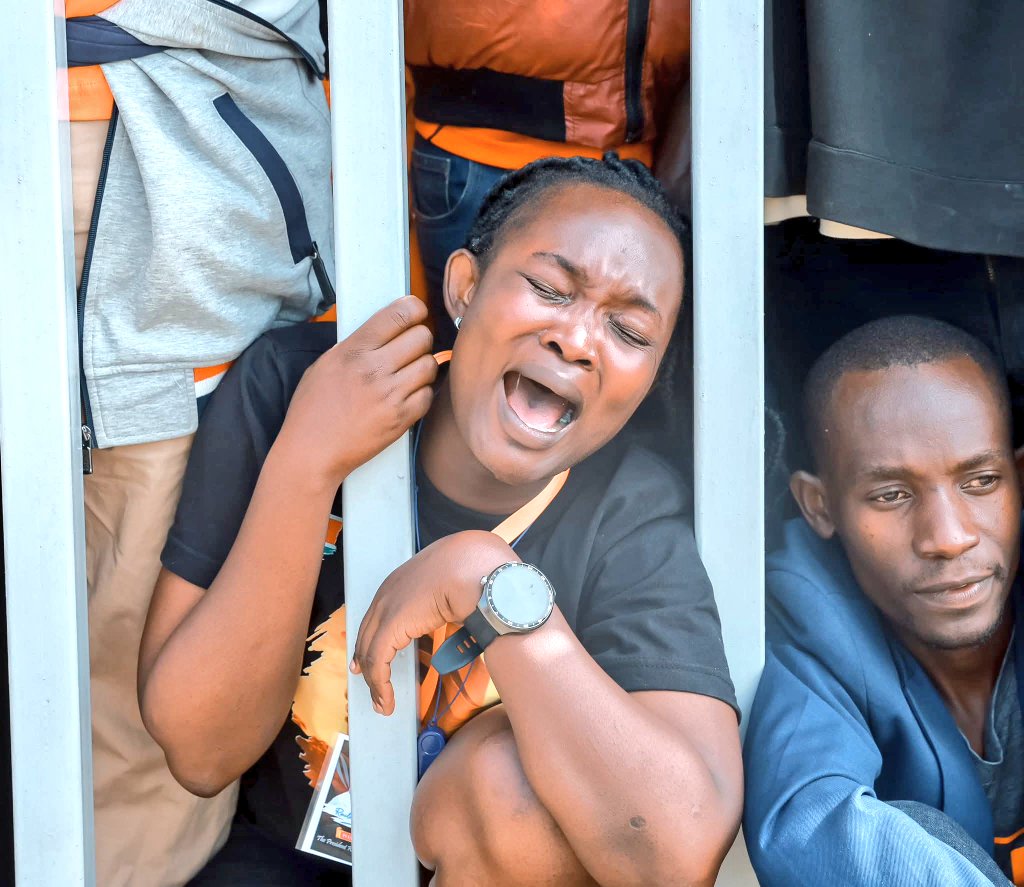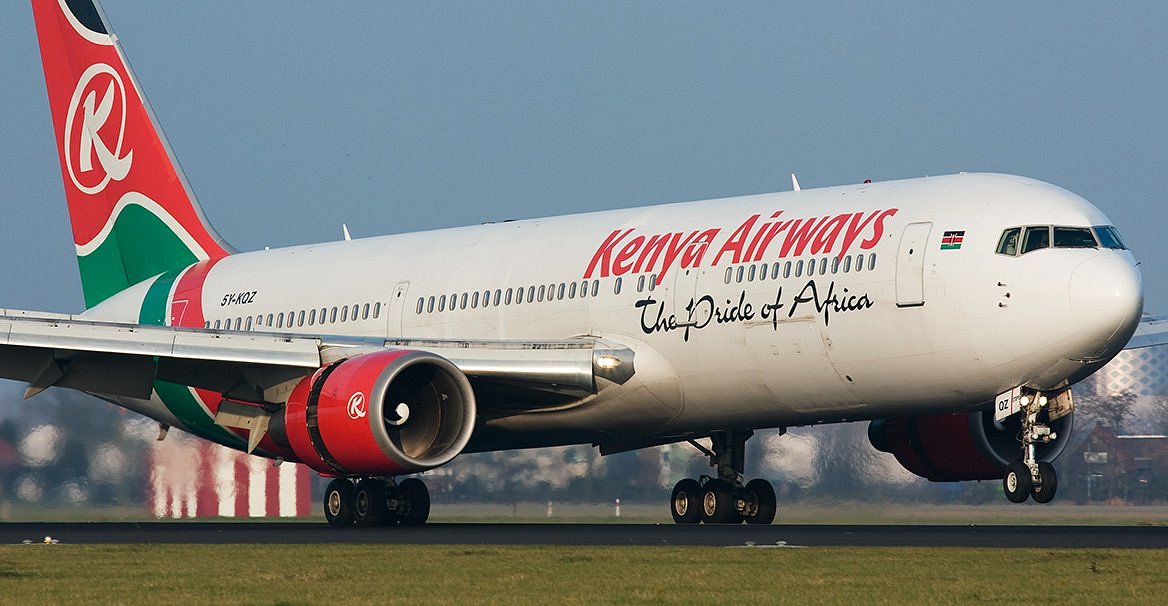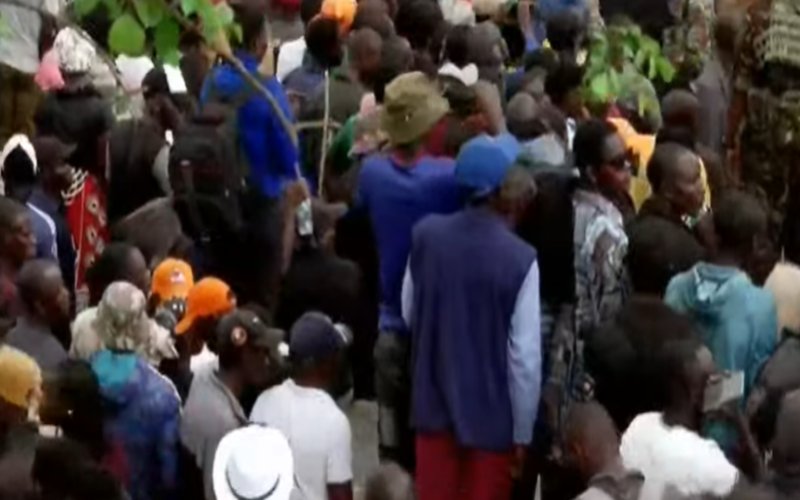Kenya in race to stop polio, Rift Valley Fever, red eye disease outbreaks

Kenya is in a race against time to protect the public from diseases including the Rift Valley Fever (RVF), the red eye disease and polio, following cases in some parts of the country.
"These outbreaks pose public health concerns and highlight the need for rapid response and disease control measures," Government Spokesperson Isaac Mwaura told a weekly briefing in Nairobi.
More To Read
- Kenya launches new polio lab to boost regional virus surveillance
- Explainer: Why your child needs that polio vaccine
- Health CS Duale vows to ensure SHA settles hospital claims by the 14th of each month
- Kenya launches second phase of mass polio vaccination to curb outbreak
- Senate launches probe into polio vaccine after reports of adverse reactions
- Community health promoters in tireless efforts to push for polio vaccine uptake
Mwaura said the polio threat arose from the importation of infections from a neighbouring country he did not name. According to the Polio Global Eradication Initiative, Sudan, a neighbouring country, this week reported four polio cases.
Mwaura also cited sub-optimal routine immunisation, which puts children at risk of contracting the disease.
By January 27, he said, 14 polio cases had been sequenced. Sequencing is carried out to study the genetic component of a virus to determine its origin, spread and potency. Additionally, seven isolations were identified, six from environmental surveillance in Garissa County and one from a site in Eastleigh, Nairobi.
"These findings indicate ongoing community transmission of polio," Mwaura said.
To prevent the spread of the poliovirus, the government has activated the National Public Health Emergency Operations Centre, comprised of an incident management system with committees that hold regular coordination meetings.
The government said it has also conducted three rounds of immunisation, covering at least 7.6 million children in Garissa, Kiambu, Nairobi, Kajiado, Mandera, Wajir, Tana River, Kitui, Lamu and Machakos.
The third round is on, with a target of nearly one million children in Mandera, Wajir and Garissa counties. County and cross-border surveillance and training are also taking place.
The Rift Valley Fever
All counties are on high alert for the RVF following confirmation of a case in Horr, Marsabit.
The fever spreads through mosquitoes, whose abundance increased due to the El Nino rains.
RVF is a disease caused by a virus transmitted by mosquitoes and parasitic flies that feed on blood. The parasites commonly target cattle, sheep and goats but humans can also be affected.
Ingesting unpasteurised or unboiled milk - together with consumption of meat from infected animals--- are the most common ways through which the disease can be passed to humans.
In this regard, Mwaura advised the public to "avoid handling and consuming uninspected meat, use protective equipment when handling animal births, and dispose of still births".
The first case of RVF was discovered in Kenya in 1931. It first hit a sheep farm in the Rift Valley region, hence the name. However, it was first characterised in 1934, by scientists from the Veterinary Research Laboratory, located in Kabete, Kiambu.
Human infections have also resulted thanks to bites from infected mosquitoes. Infections are commonly passed through the Aedes and Culex mosquitoes hence the need for individuals to sleep under treated mosquito nets.
From November 30, 2006 to March 12, 2007, a total of 684 cases including 155 RVF deaths, were reported in Kenya, translation into a case fatality ratio of 23 per cent.
Some 333 cases were reported in North Eastern, 183 in Rift Valley, 141 in the Coast, 14 in Central, and 13 in Easterne. Of the 684 reported cases, 234 (34%) were laboratory confirmed.
Heavy rains such as those brought about by the El Nino, are a key contributing factor in the spread of RVF.
After the El Nino rains of 1997 – 1998, approximately 300 deaths were recorded from an outbreak in Kenya.
The World Health Organization (WHO) has received estimates of an approximately equal number of deaths due to the recent RVF outbreak in Somalia.
Red eye disease
In the case of the red eye disease, the lastest incidents have been reported in Nairobi (three) and Kisii (one).
The disease was first reported in Mombasa and then spread to Malindi and Lamu, prompting the Health ministry to issue an alert.
The disease is caused by viruses, allergens and bacteria. It is contagious and can spread through physical contact with an infected person or surface, and through the air when an infected person coughs or sneezes.
The disease is characterised by red, watery eyes and is most likely due to the adenovirus (epidemic serotype), which spreads very fast but rarely causes long-term complications to the eyes.
In its announcement, the Health ministry noted that the disease is self-limiting, meaning it can be treated at home or can resolve on its own.
In his statement on the disease, Mwaura noted the need for the infected to self–isolate and uphold the highest standards of hygiene.
"It is important to emphasise that this condition is usually self-limiting and rarely causes long-term complications to the eyes and therefore needs not cause alarm," he said.
Top Stories Today















































